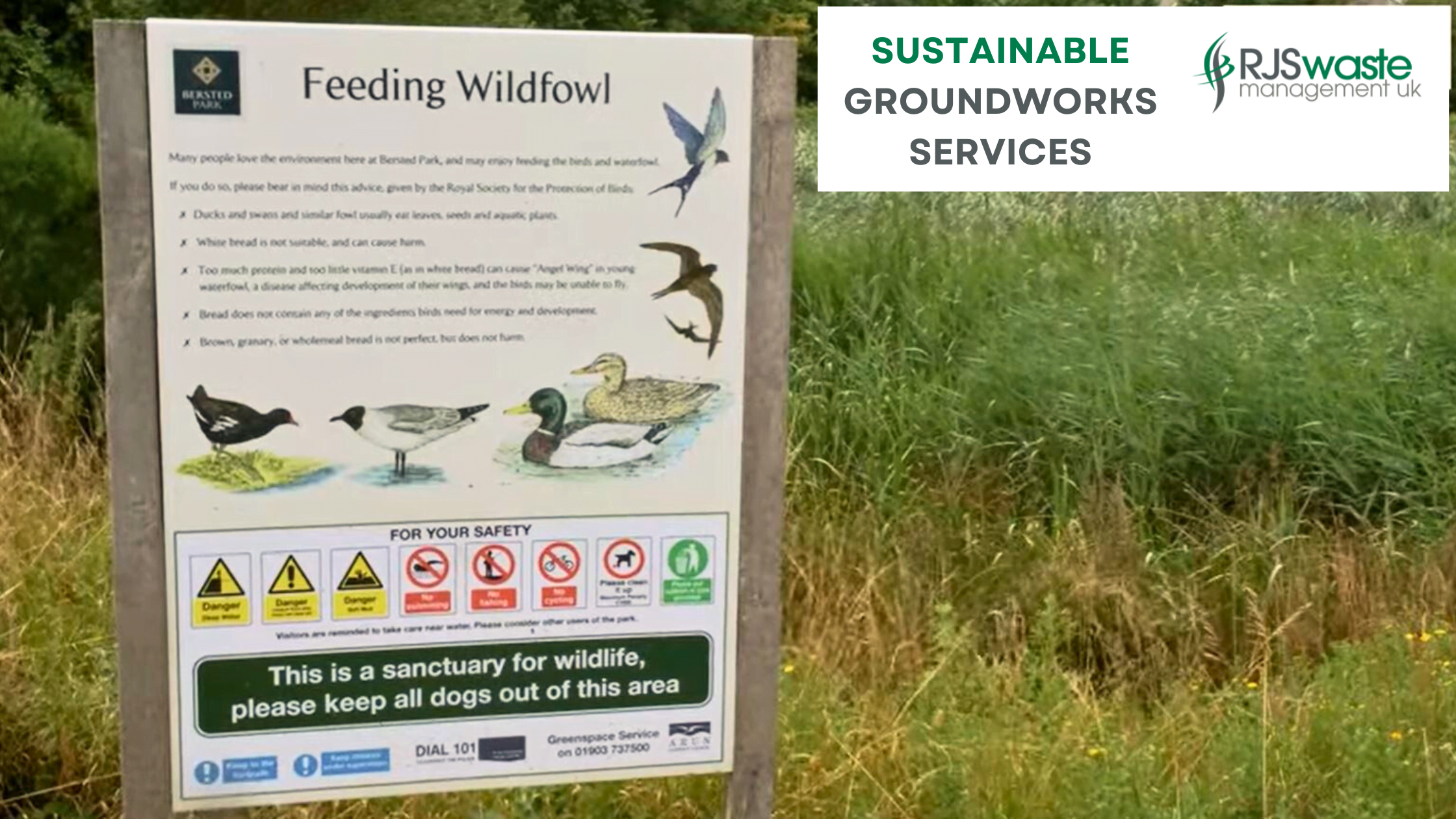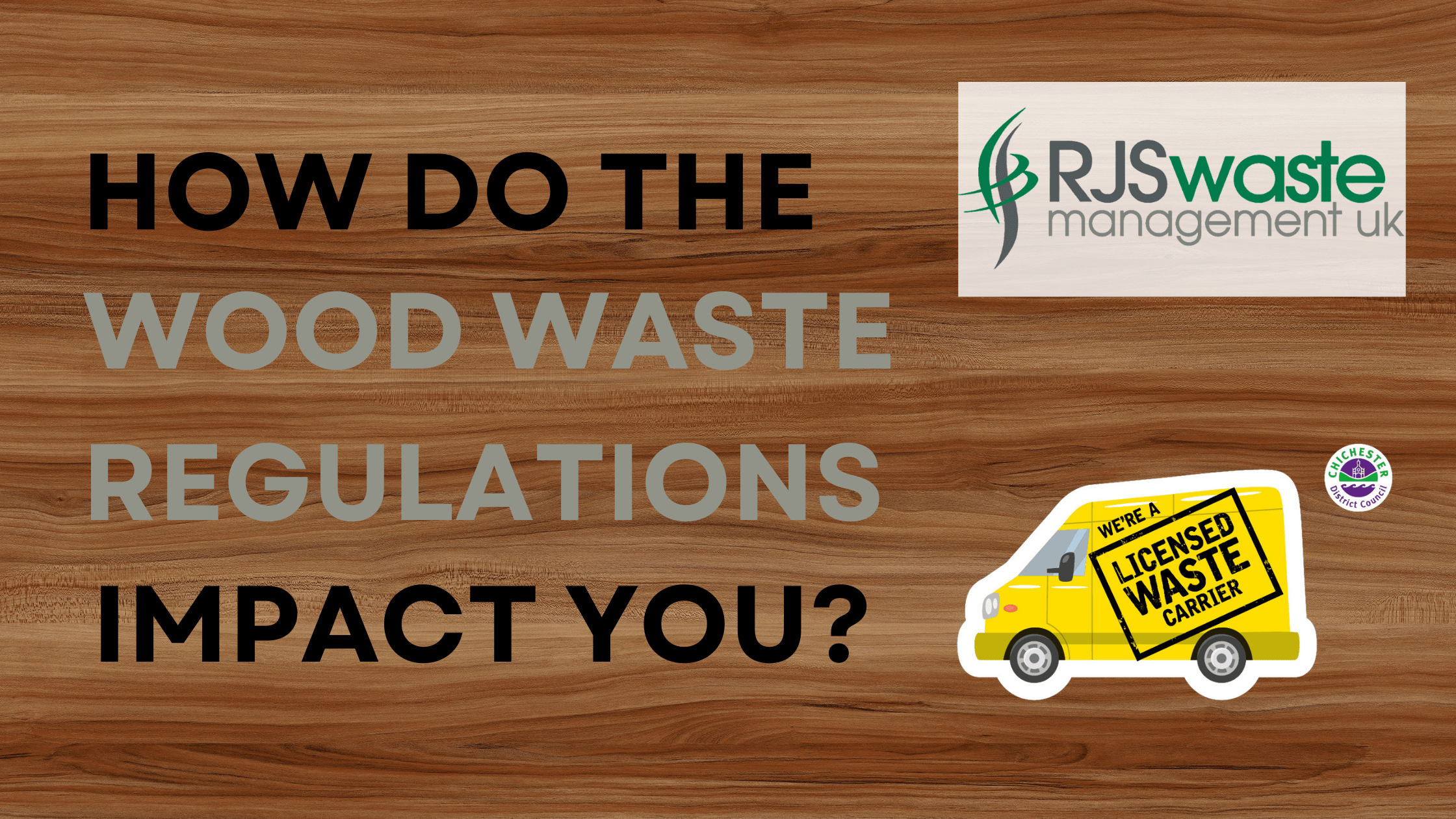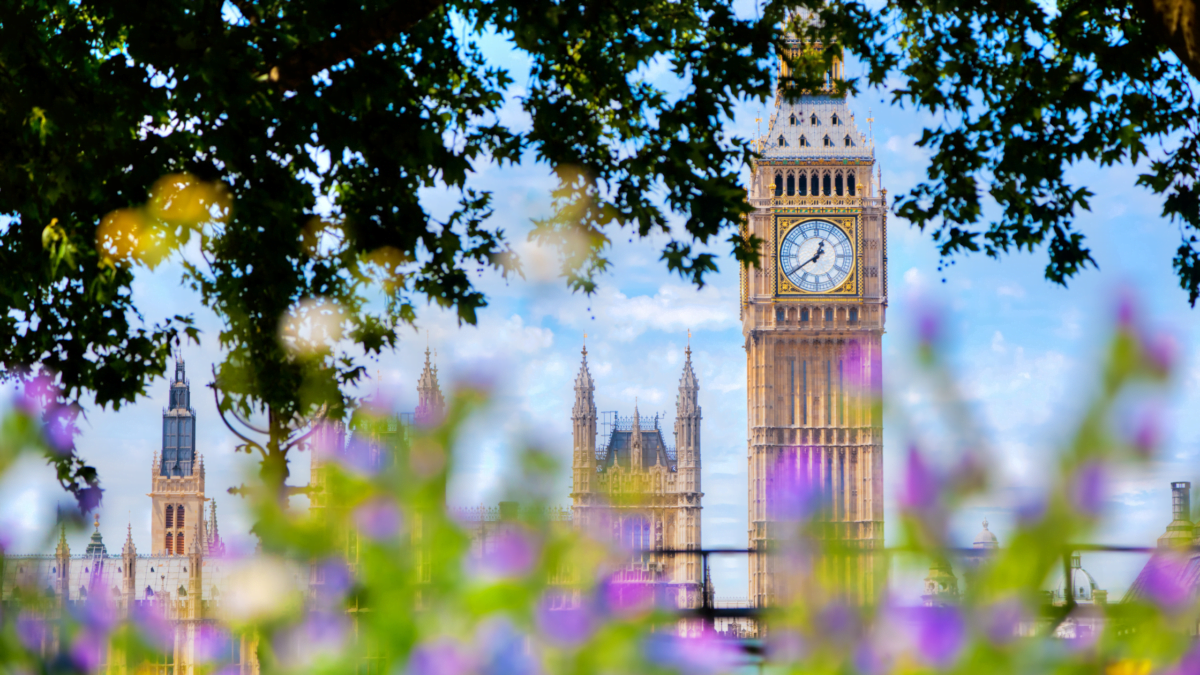
Sustainable construction in London, and throughout the UK, is essential. It will not only reduce waste but also futureproof our built environments to contribute to happier, healthier living.
Did you know that construction and the daily running of buildings contribute significantly to pollution? According to a UN report, CO2 emissions from buildings and construction skyrocketed in 2021. The construction industry alone was responsible for over 34% of energy demand and around 37% of energy and process-related CO2 emissions.
But rather than getting wiser about green design, public attitudes seem to be heading in the wrong direction. When reading up on our local rewilding project, we learnt that some urban dwellers have requested for trees to be removed because their property is getting peppered with bird guano.
Trees, and all greenery, offer as much to urban living as sustainable construction materials. Find out here why we need to embrace green, not eradicate it.
What’s sustainable construction?
As stated by Alex Minett, the Head of Global New Markets at CHAS, with whom RJS Waste Management is an accredited contractor:
“In construction, sustainability is about creating projects which have positive outcomes for society and the environment. The goals of sustainable construction include:
- Sourcing renewable and recyclable resources and reusing materials where possible to avoid sending waste to landfill
- Having a positive impact on wider society by creating good jobs and providing skills training, responsible approaches to human rights and modern slavery in supply chains, and greater encouragement of diversity and inclusion
- Targeted outcomes associated with a circular economy and net-zero emissions of carbon dioxide and other greenhouse gases”.
This approach ties in with our Sustainable Development Goals and commitment to providing sustainable waste management, wherever possible.
Sustainable construction materials
When it comes to production, installation and upkeep, sustainable building materials have a low environmental impact. They must be made of durable natural, recycled or renewable materials. This means they create less waste.
Then there’s biophilic design, which is, “about designing living and working environments with our intrinsic love of nature in mind”. With biophilic design offering the most sustainable approach to construction, timber is one of the most sustainable building materials in the UK today. But it must be sustainably sourced. That is, 100% PEFC-certified.
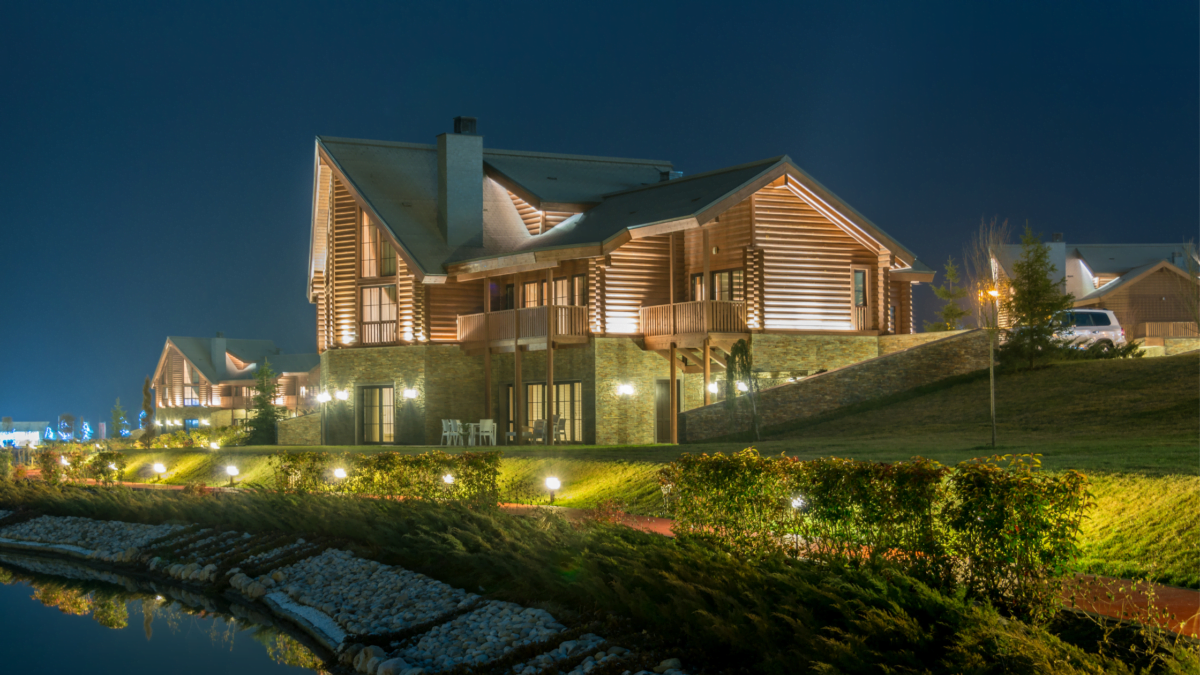
Sustainable construction methods
Off-site construction (or manufacturing) is a Modern Method of Construction (MMC) and one of the most sustainable solutions. The main types of off-site construction include:
- Volumetric systems — A series of large pre-built sections, with all six sides enclosed, that are linked.
- Modular systems — More open and customisable, individual sections are produced for assembly into a finished building at the final site.
- Panelised systems — Cross Laminate Timber (CLT) can form walls, roofs, floors and ceilings. Whereas more complete timber closed panel building systems can be used to create a superstructure.
Aside from added safety and speed when it comes to onsite construction, offsite construction offers excellent quality from precision factory conditions. A more energy-efficient build and the generation of less construction waste also provide sustainability that’s second to none.
Green in the city
Circling back to biophilic design, in The Book of Wilding, Isabella Tree and Charlie Burrell said: “We need not think of trees simply at ground level and in conventional green space, buildings themselves can create the greenery. Architects and builders across the world are now thinking in terms of biophilic design… Green buildings can replace the green space that has been lost because of them”.
The founders of the groundbreaking rewilding project at Knepp in West Sussex also highlighted in their book that trees in cities have never been more crucial.
Urban trees
As temperatures rise with climate change — and heat radiates from roads, pavements and buildings — trees cool us. Tree cover of 40% or more can lower the daytime temperature in towns and cities by as much as 5.5 °C. The lowering of street temperatures:
- Reduces the need for air conditioning
- Reduces emissions of greenhouse gasses
One mature tree can give off up to 450 litres of moisture a day. That’s the cooling equivalent of five room-sized air conditioners left on for 19 hours. Trees with bigger canopies and larger leaves are also better at trapping the pollutants generated by fossil fuel-burning vehicles, tire dust, factories and construction sites.
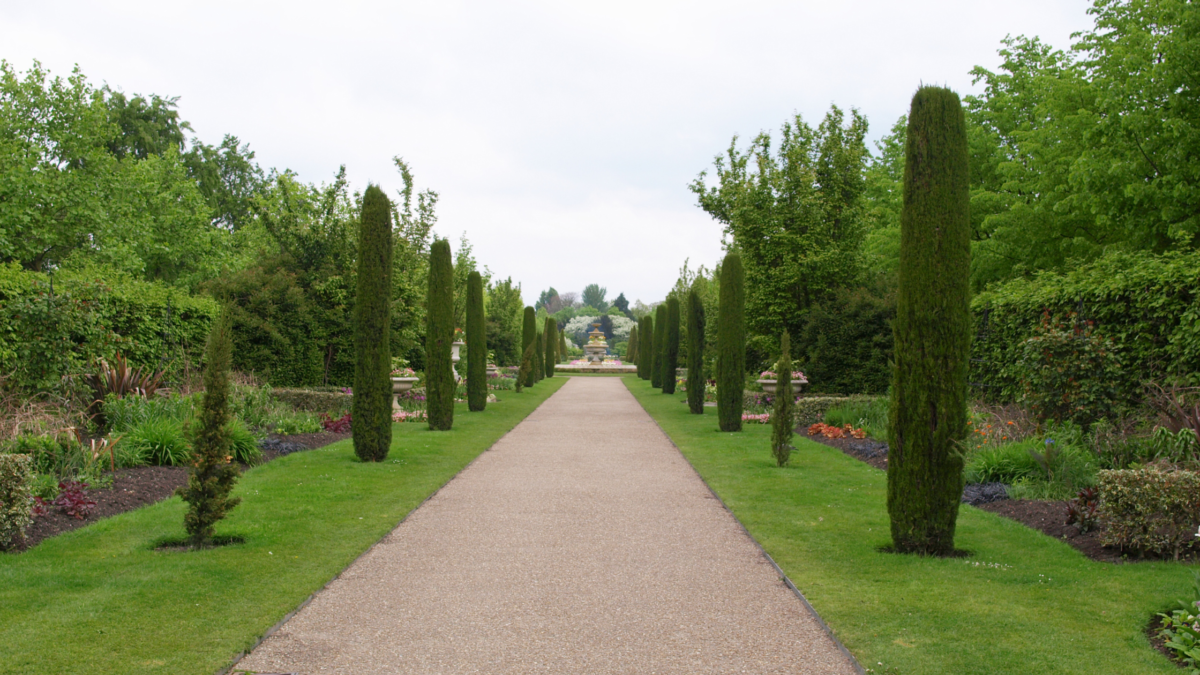
Living walls and roofs
Helping to supercharge sustainable construction and totally tapping into biophilic design, living walls and roofs not only provide food and habitat for nature but also help insulate buildings. Creating green corridors through concrete cities, they enhance quality of life by:
- Capturing rainwater to reduce flooding
- Absorbing pollutants
- Decreasing street temperatures
London has 42% of the UK’s living roofs. Central London has around 700 green roofs, covering an area of around 175,000 m2. While Greater London has over 1.5 million m2 of green roofs. This has already enabled rare black redstarts to breed in Soho.
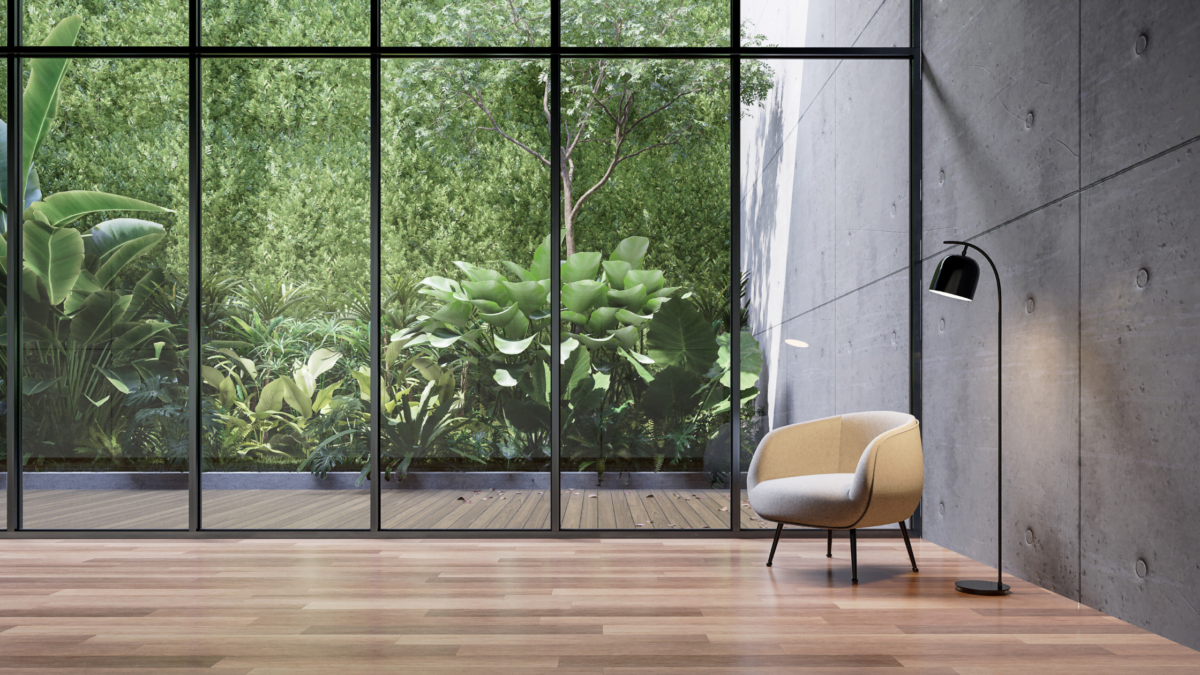
Keeping London sustainable and safe
Feral pigeons are found across the UK but there’s a concentration of around three million pigeons in London. That’s one pigeon to every three people. They live near us because they depend on humans for food and can breed throughout the year.
Where there are trees, like most birds, pigeons will choose them as sheltered roosting sites. But in the absence of trees, pigeons are happy to nest on buildings. This means pigeon guano, which can have health implications, often blights our structures.
In The Book of Wilding, it’s reported that despite the push to plant more trees in the city, some London residents want trees removed. Their main motivation is that cars parked below trees get covered in pigeon guano. This reaction makes little sense for two reasons:
- In the absence of trees, pigeons will roost and nest on buildings and structures that might also overlook car parks and spaces.
- Bird deterrents, car covers and guano removal services can help control the problem without taking drastic, damaging action.
As hazardous waste experts, RJS Waste Management offers professional pigeon guano removal in London and beyond. We’ve removed bat guano from the attic of a home in West Sussex. We’ve also removed a mix of guano from the basement of Blenheim Estate and pigeon guano from a memorial in Oxfordshire. This has all been done in a way that’s safe and sustainable — for both humans and wildlife.

Sustainable waste management experts in London
We hope you too see the value of green spaces and support sustainable construction in your urban area. Should you need safe and sustainable waste management in London, guano removal in London or any other waste removal in London, call 020 7859 4520 for more information or contact us for a quote.

